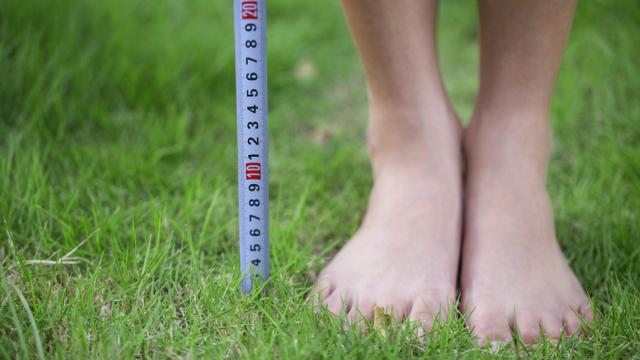Centuries-old theories surrounding human height as it correlates to evolution have stated two things: Those closer to the equator were more linear and longer, while people who lived closer to the poles were wider and shorter, but generally bigger. This is according to Allen’s Rule and Bergmann’s Rule, which were both proposed during the 19th century.
Photo credit: Shutterstock
However, according to a paper published in Proceedings of the National Academy of Sciences by anthropological researchers at the University of Tennessee Knoxville, this might not be the case.
Researchers stated that the length of limbs on humans doesn’t evolve according to independent factors such as climate, but rather, “they are all evolving together in ways we didn’t necessarily know,” said Kristen Savell, a doctoral student and co-author on the paper.
Both Bergmann’s and Allen’s Rule spell out guidelines concerning the size and limb length of animal and human populations. Biologist Carl Bergmann suggested that warm-blooded creatures indigenous to colder climates were larger, while those found in warmer regions were smaller. Joel Asaph Allen applied a similar rule, stating that those in colder regions would evolve to have the minimum amount of exposed body area, and vice versa for warmer areas. The rules together suggest the aforementioned pattern when it comes to human body shape.
The Tennessee researchers looked at populations in four areas — sub-Saharan Africa, North Africa, Temperate Europe and the Arctic — and compared the lengths of four bones — the humerus (upper arm), the radius (forearm), the femur (upper leg) and the tibia (lower leg) — among 400 people. Head diameter and pelvic width were also measured.
In general, the researchers found that, unlike what is stated in Bergmann and Allen’s Rules, there are a number of factors that go into size. While the forearm, lower leg and overall body size did comply with these rules, the arm and thigh bones did not, suggesting that there is more to consider.
According to a press release by the university:
Savell and colleagues found that it was because of genetic correlations with the tibia and radius, which shorten with higher latitude, that the humerus also shortened. The response of the tibia and radius to natural selection, and their genetic relationship with the humerus, overcame the direct effects of natural selection on the humerus.
“It is important for all biologists and biological anthropologists to be aware of the importance of knowing how different measurements covary with each other,” Savell said.
[Phys.org]
